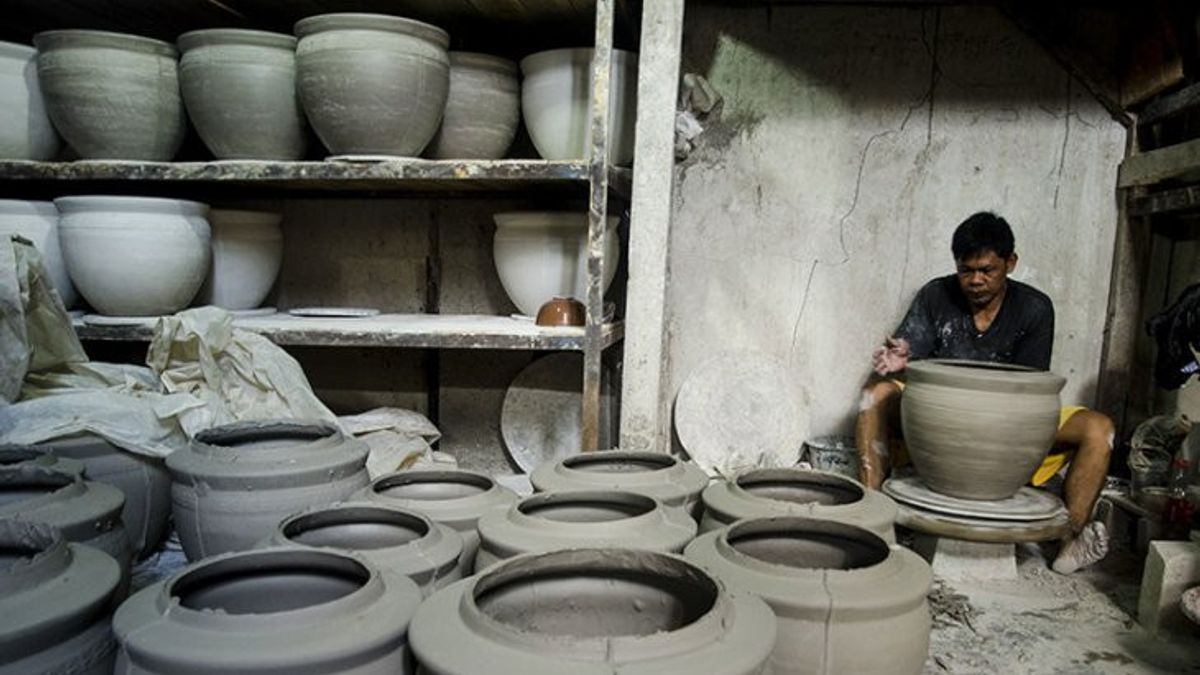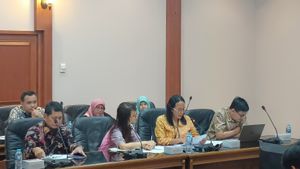JAKARTA - The Ministry of Industry (Kemenperin) has prepared a standardization strategy for the ceramic industry to spur increased production quality and efficiency, thereby directly increasing the competitiveness of the sector in the domestic and global markets.
"We are accelerating the implementation of standardization in the non-metallic ceramic and mineral industry to increase productivity and competitiveness," said Head of the Ministry of Industry's Standardization and Industrial Services Policy Agency (BSKJI) Andi Rizaldi in a written statement, Thursday, June 6.
Andi said that the implementation of the standardization was not only related to the implementation of the Indonesian National Standard (SNI), but also to the standard of the green industry and the specifications of industrial technology.
He added that the strategy has three important roles in increasing the competitiveness of the ceramic industry, namely as a consistent quality barometer for ceramic products. Thus, ensuring that goods sold on the market meet high standards and can compete in the global market.
Then, the standardization is considered to encourage innovation in production and material technology, because the growing standards require continuous improvement in technology to meet stricter requirements. Thus, the implementation of this standardization can spur massive technological innovation in the ceramic sector.
In addition, the standardization strategy also plays a role as a non-tariff trade barrier (non-tariff barrier) that provides guarantees for imported ceramic products to meet the requirements for security, safety and environmental health set by Indonesia.
SEE ALSO:
"Thus, the implementation of standardization in the ceramic and mineral industry has led to an increase in national competitiveness as a whole," he said.
The Ministry of Industry noted that the performance of the Non- Metal Galiran Industry (BGNL) sub-sector which oversees the ceramic industry was able to grow significantly in the fourth quarter of 2023, which was 9.17 percent. This figure is an increase compared to the first quarter of 2023 which experienced a contraction of minus 2.1 percent.
"We hope that the implementation of this standardization can spur the contribution of the ceramic sector to improving the national economy," he added.
The English, Chinese, Japanese, Arabic, and French versions are automatically generated by the AI. So there may still be inaccuracies in translating, please always see Indonesian as our main language. (system supported by DigitalSiber.id)
















